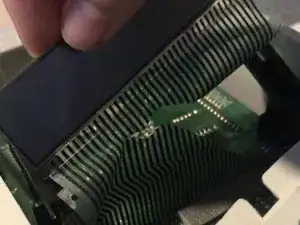
display screen
A cash register is a device used to calculate and register commercial transactions. It often comes bundled with a drawer to store money used for the aforementioned transactions. Cash registers also commonly feature a printer that prints out receipts used as physical records of transactions. They are also often connected to debit/credit card terminals, barcode scanners, etc.
The first rendition of the cash register was patented in 1883. The goal of this device was to prevent employee theft. This first cash register, dubbed Ritty’s Incorruptible Cashier, was entirely mechanical and didn’t do any receipt printing.
In addition to cash registers that require a cashier to operate them, there are also self-service cash registers, which are commonly seen at grocery and retail stores. Self-checkout machines allow customers to scan and bag their own items. The machine provides an interface and prompts the customer to select their method of payment, insert their credit card, etc. Self-service cash registers are normally monitored by employees to ensure customers are being honest.
Cash registers have different appearances, but they all generally have drawers that are locked unless needed, a display screen controlled by the cashier, and any necessary attachments like scanners, debit/credit card terminals, etc. Cash registers are either part of a permanent installation or portable and designed to rest on a countertop, table, or desk.